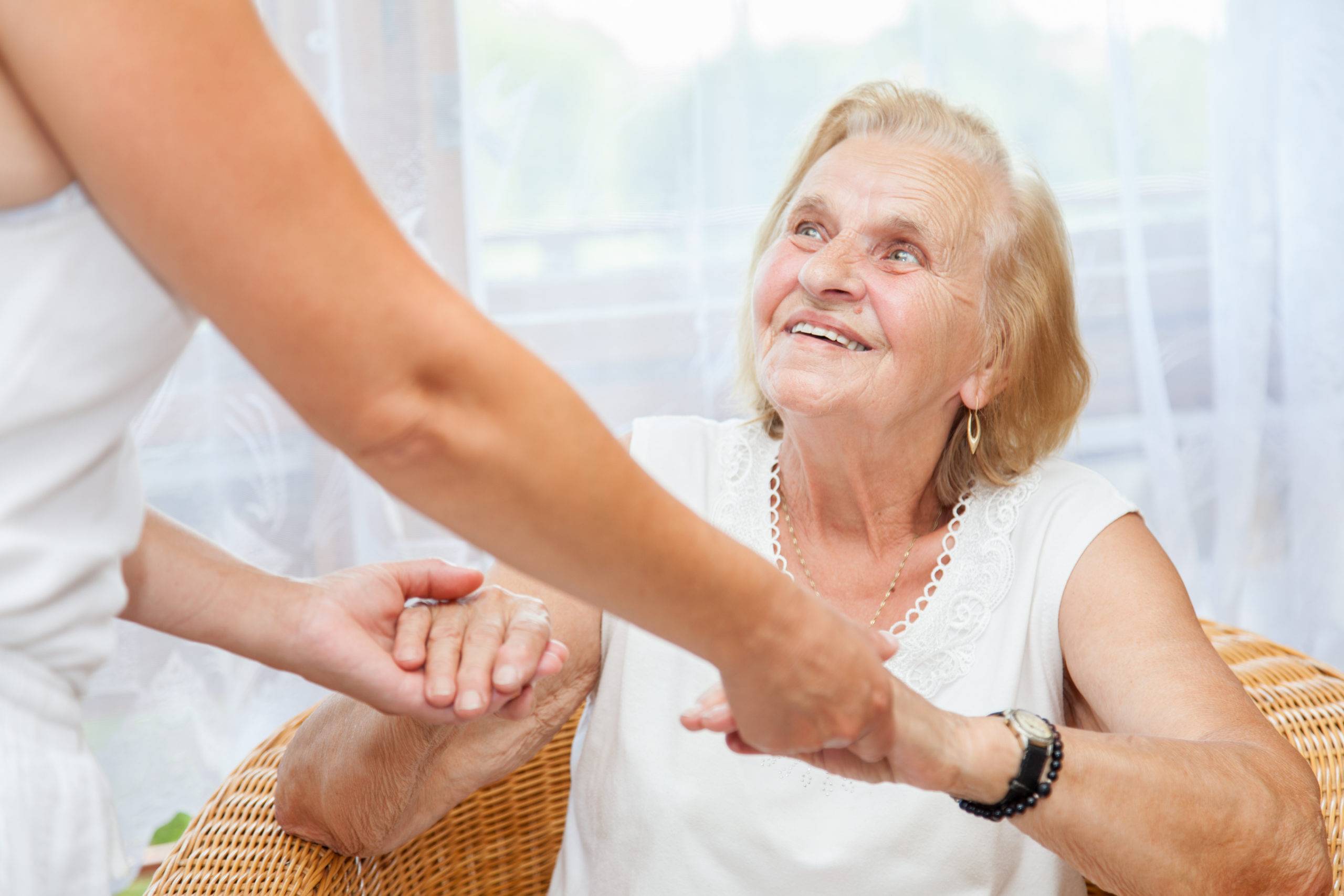A sudden injury or stroke can impact anyone at any time, both young and old. For most, providing care and assistance after a stroke or injury is an overwhelming prospect. You not only need to provide care for your loved one but may also need to assume some of the roles and responsibilities they had previously handled on a temporary or long-term basis. If you’re currently caregiving for someone who has survived such a traumatic event, you likely have several questions. How should you care for them now and what care will look like in the weeks or years ahead? In this article, we’ll provide you with an overview covering the basics – both how to provide care as well as how and when to find help.
How to Provide Care
It can be easy as a caregiver to take on too much. It’s important to honestly assess your situation (both personally and as a caregiver) and make a plan to handle the responsibilities both now and over time. Let’s discuss how to do this.
- Educate yourself. The first thing any new caregiver should do is to educate themselves. Not only on their new role and responsibilities but also on the prognosis and recovery process. To find this information, it can be invaluable to talk with others in your situation. You can find them through online or in-person support groups, seminars/webinars, Facebook groups, etc.
For some injuries like a stroke, the risk of a second stroke or further complications is material. Take time to review and prepare for these risk factors. The more you know, the better care you’ll be able to provide. - Review insurance and financial information. Before committing to long-term care that could devastate your personal finances, review any available programs or assistance that may be available. Discuss your situation with an employer, contact the EDD, or reach out to your loved one’s insurance provider. There may be options available to help you weather the storm whether the caregiving will be short-term or permanent.
- Assess the level of need. An important part of caregiving is understanding and being honest with both what your loved one needs and your ability to meet that level of need.
We have resources available that discuss the typical responsibilities that may fall on a caregiver to help you with this assessment. Click here for further information. - Prepare for the future. There are many ways to do this that will depend on your situation but a few ideas include:
- Improve in-home safety. Ask your medical professional team for their advice on ways to improve the safety within the home (rearranging rooms, improving organization for medications, moving commonly used items downstairs, etc.).
- Understand the signs and risks of depression. Your loved one may experience subtle or dramatic mood changes as a result of the injury that you can prepare for in advance. Decide where you’ll go to find help and act quickly if these signs begin to show.
- Learn how to better listen. Responding with, “I understand” for example, maybe well-intentioned but provide little comfort because you really cannot know how they feel. Click here to learn more about how to offer support in an empathetic and positive way.
- Know when to find help. Sometimes the needs of caregiving extend far beyond what one person can handle alone, despite your best efforts and intentions. There is no shame in needing a bit of extra help in caregiving. In fact, we highly recommend you turn to and accept help where available.
Learn to say, “yes” when a friend or family member offers to help. A handled trip to the grocery store or warm meal that you didn’t have to arrange can be a ray of sunshine on a hard day. You can also hire a part-time care provider to help with the day-to-day task load (click through to learn more about respite care). Your primary care team may have additional recommendations specific to you – don’t hesitate to ask them.
Finding help to manage or check off the daily tasks of caregiving may make all the difference between a workload that’s unsustainable and one that feels balanced and rewarding.
Closing Thoughts
If you’re learning to manage a new role as a caregiver, we hope this beginner’s guide gave you a good overview of how to provide care and where to find help. As a recap, we recommend finding support groups, communicating openly with the primary care team, learning as much as possible about the ailment and role as caregiver, and accepting help when it’s offered.
As a caregiver, you’ll face challenges unlike any you’ve experienced before and it’s important to be patient and gracious with yourself. Taking care of yourself and not letting your needs and physical/mental health take a backseat is crucial to ensure your long-term success as a caregiver.
The California Caregiver Resource Centers were created with you both in mind and at heart to be a free resource as you navigate the challenging role you’re in. We would love to connect you with your local Center, which can talk more about local programs for caregivers, answer your questions, and explain how they can best support you.
Share this post: